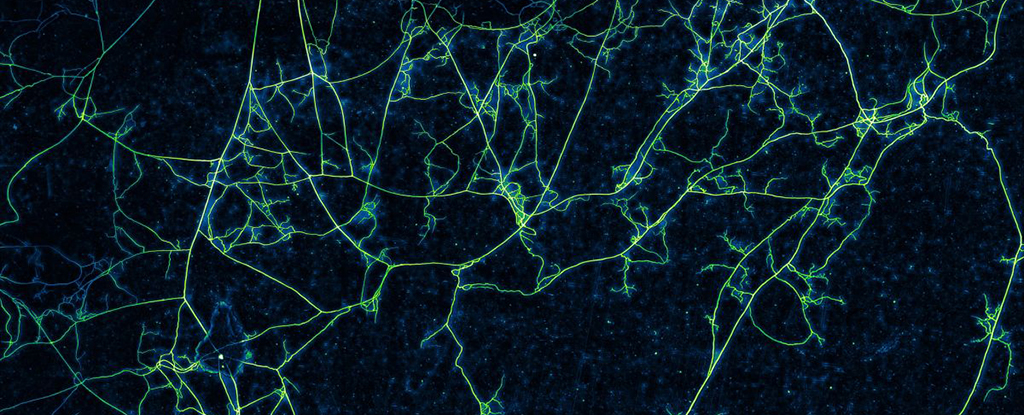My journey into Next: why i chose it and my first impression
Hello! I’m a software developer who has been working with React technologies for the past year. During this time, I’ve built multiple projects and gained a solid understanding of React. However, as I continued learning and building, I decided to dive into Next.js—and honestly, I don’t see myself going back! Why I Decided to Learn Next.js My main motivation for learning Next.js was to expand my knowledge within my tech stack. While I wanted to stay within the React ecosystem, I also wanted to explore a framework that could offer more flexibility and built-in features to improve performance and development speed. Challenges I Faced with React While React is great, I encountered some challenges that made me consider switching things up: API Integration – Managing backend API calls felt repetitive, and I often had to rely on third-party solutions or additional configurations. Performance Optimization – While React offers client-side rendering (CSR), I wanted a framework that could handle server-side rendering (SSR) and static site generation (SSG) without too much setup. What Stood Out for Me in Next.js One of the first things that amazed me about Next.js was its ability to handle API endpoints directly within the same project. The /api directory allows you to create backend routes within your frontend application, eliminating the need for a separate backend for small projects. This makes handling backend resources much easier! Beyond that, features like: File-based Routing – No need to configure a router manually; just create a file, and it becomes a route. Built-in SSR and SSG – Better control over when and how content loads. Automatic Image Optimization – Handling images in React often requires additional libraries, but Next.js provides an optimized solution out of the box. Final Thoughts So far, my transition to Next.js has been an exciting experience. It has solved several issues I faced in React and introduced me to new possibilities. Moving forward, I plan to dive deeper into advanced features like ISR (Incremental Static Regeneration) and middleware. If you're thinking of learning Next.js, I’d highly recommend it! Have you made the switch, or are you considering it? Let’s discuss in the comments!

Hello! I’m a software developer who has been working with React technologies for the past year. During this time, I’ve built multiple projects and gained a solid understanding of React. However, as I continued learning and building, I decided to dive into Next.js—and honestly, I don’t see myself going back!
Why I Decided to Learn Next.js
My main motivation for learning Next.js was to expand my knowledge within my tech stack. While I wanted to stay within the React ecosystem, I also wanted to explore a framework that could offer more flexibility and built-in features to improve performance and development speed.
Challenges I Faced with React
While React is great, I encountered some challenges that made me consider switching things up:
API Integration – Managing backend API calls felt repetitive, and I often had to rely on third-party solutions or additional configurations.
Performance Optimization – While React offers client-side rendering (CSR), I wanted a framework that could handle server-side rendering (SSR) and static site generation (SSG) without too much setup.
What Stood Out for Me in Next.js
One of the first things that amazed me about Next.js was its ability to handle API endpoints directly within the same project. The /api directory allows you to create backend routes within your frontend application, eliminating the need for a separate backend for small projects. This makes handling backend resources much easier!
Beyond that, features like:
File-based Routing – No need to configure a router manually; just create a file, and it becomes a route.
Built-in SSR and SSG – Better control over when and how content loads.
Automatic Image Optimization – Handling images in React often requires additional libraries, but Next.js provides an optimized solution out of the box.
Final Thoughts
So far, my transition to Next.js has been an exciting experience. It has solved several issues I faced in React and introduced me to new possibilities. Moving forward, I plan to dive deeper into advanced features like ISR (Incremental Static Regeneration) and middleware.
If you're thinking of learning Next.js, I’d highly recommend it! Have you made the switch, or are you considering it? Let’s discuss in the comments!










































































